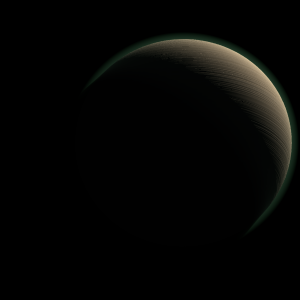|
|
Space Astro
|
Info for exoplanet "Melaris Orix"
| Scientific (actual) data |
|---|
| Name | TOI-4562 b |
| Planet status | Confirmed |
| Planet mass | 3.29 |
| Radius | 1.072 |
| Orbital period | 225.118 |
| Semi major axis | 0.771 |
| Orbit eccentricity | 0.81 |
| Inclination | 89.72 |
| Discovered | 2022 |
| Updated | 2022-08-24 |
| Omega | 63 |
| Tzero tr | 2459580 |
| Impact parameter | 0.29 |
| K | 353 |
| Temperature (kelvin) | 349 |
| Publication | Published in a refereed paper |
| Detection type | Primary Transit |
| Mass measurement type | Radial Velocity |
| Radius measurement type | Primary Transit |
| Star name | TOI-4562 |
| Right ascension | 112.01° |
| Declination | -63.52° |
| Mag v | 12.1 |
| Star distance | 346.9 |
| Star mass | 1.218 |
| Star radius | 1.126 |
| Star sp type | F7V |
| Star temperature | 6096 |
| Wikipedia article | TOI-4562 b |
Back
| |
| Fictional info (?) |
|---|
| Suggested name | Melaris Orix |
| Planet type | Large cold gas giant |
| The two polar ice caps appear to be made largely of methane ice.
A prominent result is the "great brown spot", a giant storm that is known to have existed for centuries since it was first detected by scanner.
The unfriendly oceans are entirely occupied by friendly poisonous plants known as "Roksur Mir". They survive in the air by hunting the Bermeid Psanere plant. The Roksur Mir are not related to Porti but with 4 tentacles and vary in size from 70 to 130 mm. The Roksur Mir are known to withstand temperatures from -100 to -60°C and ultra violet light which is common on Melaris orix. |
| Estimated population | 100000000000 |
| Atmosphere | Methane | 50% |
| Oxygen | 35% |
| Water | 15% |
| Carbon dioxide | 0.24% |
| Atmospheric pressure | 100 bar |
 |
| No known satellites |
| Google search for Melaris orix |
|
Website by Joachim Michaelis
|
|
|
|